Dental Implant Hygiene Instruments
There are many instruments that exist to clean around implants. Stainless steel instruments are the gold standard for tooth related hygiene. Stainless steel has been shown to aggressively scratch titanium and acrylic and this can induce an increase in bacterial colonization. Plastic implant instruments were introduced in the 1980s to help avoid scratching titanium components. The disadvantage of using plastic instruments is that they are very ineffective for removing hard deposits. The other disadvantage is that they have to be thick or the plastic can bend. Plastic instruments can be used to remove biofilm but are ineffective for other deposits and debris.
Titanium instruments have many advantages over both stainless steel and plastic instruments. They do not scratch components as aggressively and they can be made thin enough to fit around components.
All of the titanium implant hygiene instruments that exist follow the design of a previously designed scaler, meant for natural teeth. For patients with fixed full arch restorations, these scalers are not useful. There is a new set of hygiene instruments designed specifically for fixed full arch patients. The set includes four instruments and can be used while the prosthesis is in the mouth, thus decreasing appointment time and need of removal.
The Pineyro Arch Kit
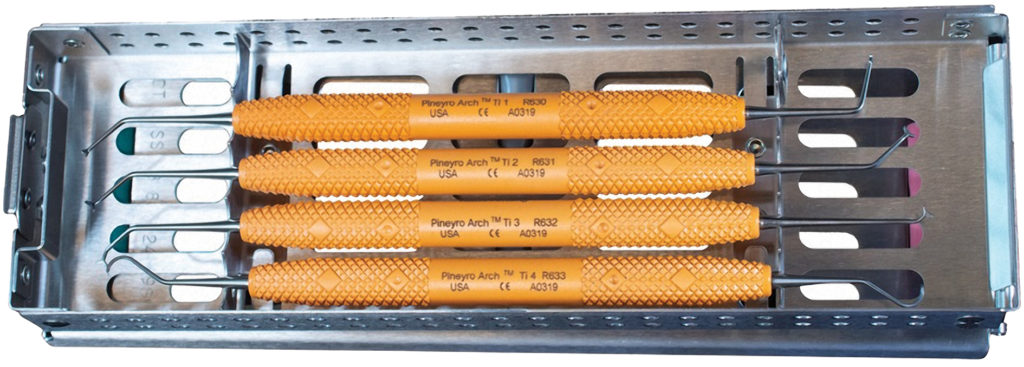
Fig. 1 Introducing the Pineyro Arch Kit™, the only implant kit specifically designed to maintain the specific contours of implants and implant restorations.
The Pineyro Arch Kit is the only hygiene set that has been specifically designed for dental implant maintenance (Fig. 1). Designing hygiene instruments that follow the anatomy of dental implants provides greater efficiency, ease of use, predictability, and greater surface area contact that will minimize scratching of components. Patients benefit from shorter appointments, less gingival trauma, and the need for removal of fixed restorations
can be eliminated.
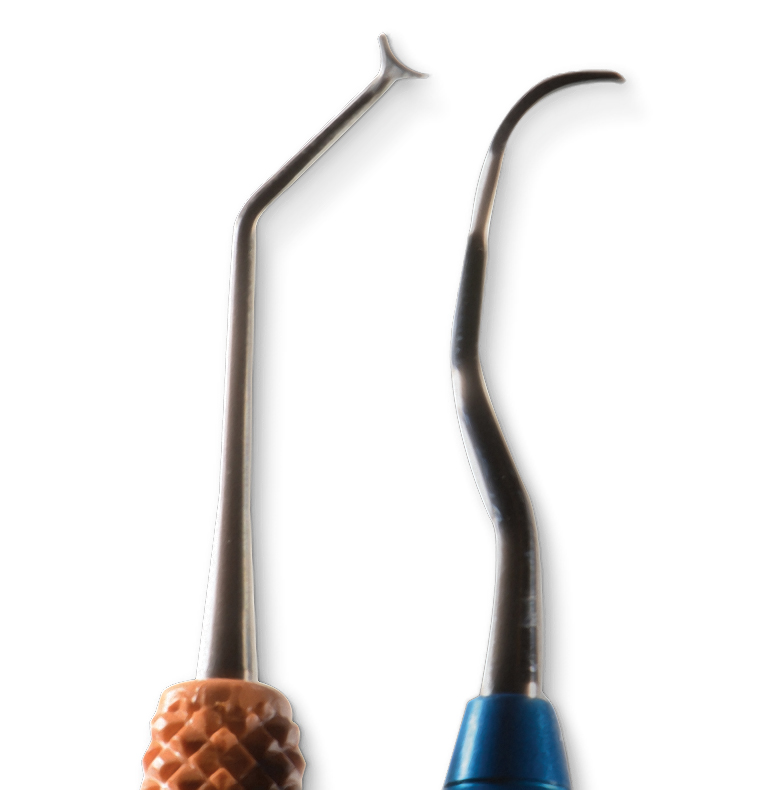
Fig. 2 Observe the difference in shapes between the two instruments to the left. Both instruments are made of titanium and sold as implant specific. The Pineyro Arch (2.A left) instrument was designed for maintaining implants and has a unique design and configuration. The competitor instrument (2.B right) is a copy of an instrument designed to maintain teeth and does not take the shape of implants, components, and implant prosthetics into account.
The Pineyro Arch Kit was designed to address the maintenance struggles involved with Fixed Full Arch Implant Restorations. These restorations are challenging because many times it is necessary to remove them for proper cleaning. Until now the instruments used have had inappropriate shapes and configurations increasing the challenges and frustrations (Fig. 2).
The Pineyro Arch Kit includes four different instruments designed to complete maintenance appointments without the need for removal of prosthetics. The four instruments are the Pineyro Arch Ti1 through Ti4.
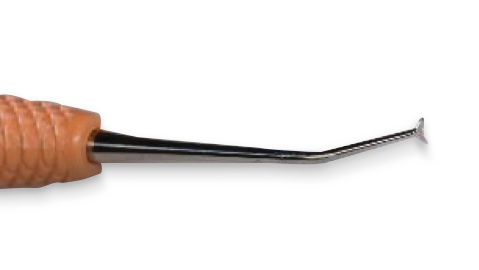
Fig. 3 Pineyro Ti1 was designed for implants placed in the anterior zone, it is double sided and works great in the lower lingual anterior area.
Pineyro Ti1 (Fig. 3) was designed to debride implants, abutments, and prosthetics in the anterior zone. This instrument is especially helpful in the lingual area of lower anterior zone, where calculus builds up most frequently. This instrument should be used first in the sequence and all anterior areas for both maxillary and mandibular arches should be addressed before moving on to the next instrument.
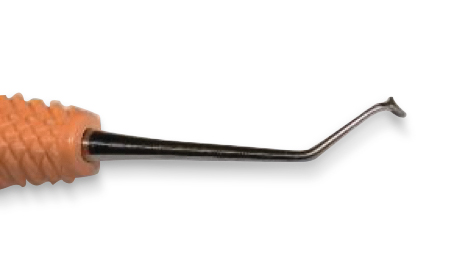
Fig. 4 Pineyro Ti2 was designed for implants placed in the posterior zone, it is double sided and can efficiently access implants from buccal and lingual paths.
Pineyro Ti2 (Fig. 4) was designed to debride posterior placed implants, abutments, and prosthetics in the posterior zone. The special shape of the shank allows for proper access to this area and facilitates its use. This should be the second instrument used in the sequence and all posterior areas should be addressed before moving on to the next instrument.
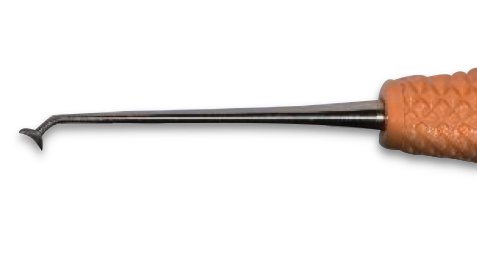
Fig. 5 Pineyro Ti3 was designed to reach mesial, distal, and hard to reach areas of the components.
Pineyro Ti3 (Fig. 5) was designed to debride any hard-to-reach areas not accessed with the previous two instruments. This is especially helpful in accessing the mesial/distal areas of implants, abutments, and prosthetics. This should be the third instrument used in the sequence and all areas missed by the previous two instruments should be addressed before moving on to the next instrument. This instrument also has other uses, and will be discussed later in this article.
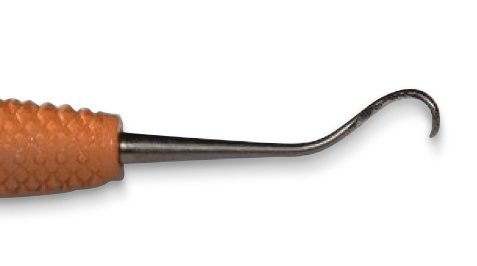
Fig. 6 Pineyro Ti4 was designed to access the prosthetic/gingival transition line. Due to its thin design it can slid between the tissue and prosthetic without causing patient discomfort.
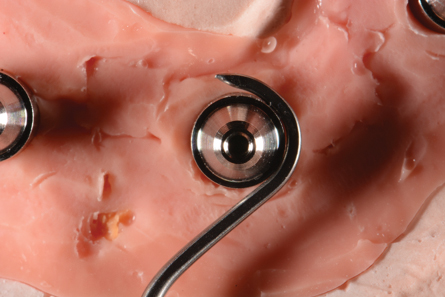
Fig. 7 The facing of the Pineyro Ti4 can be used to wrap around components and increase surface area for increased efficiency and less scratching of components.
Pineyro Ti4 (Fig. 6) was designed similar to a sickle scaler and can be used as one, however, it has many more applications. The face of the instrument matches the diameter of abutments used for fixed full arch restorations (Fig. 7). This instrument is also helpful for accessing the prosthetic/gingival transition line. Due to the thin design it can slide between the tissues and the prosthesis without causing patient discomfort (Fig. 8).
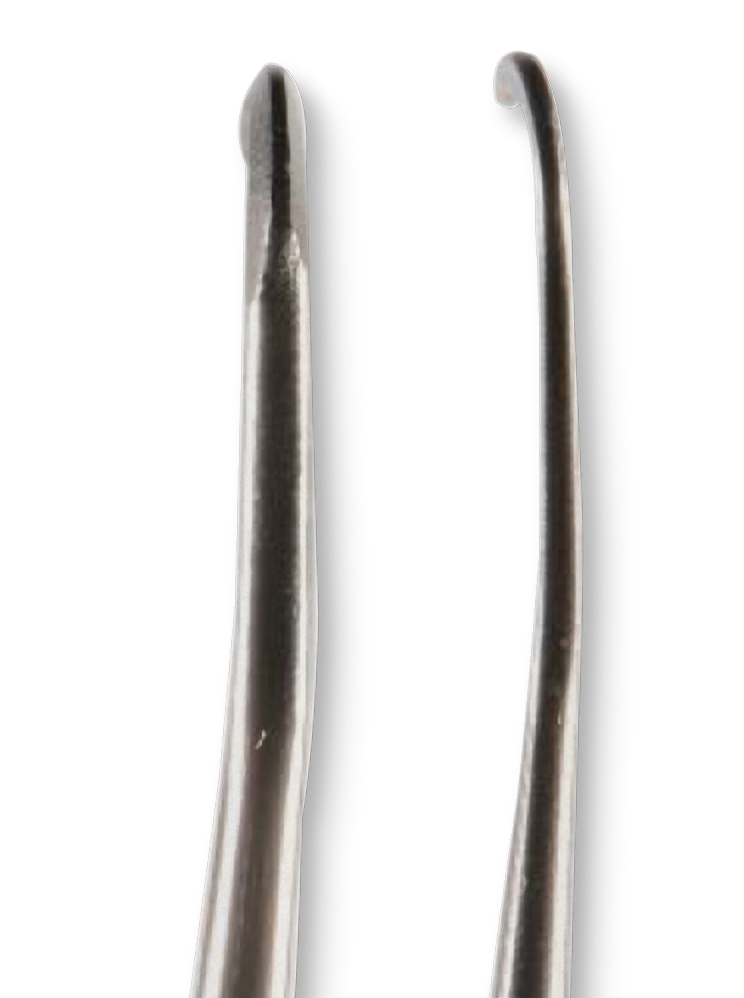
Fig. 8 Observe the difference in thickness between the Pineyro Arch Ti4 (Instrument 8.A left) and the competitor (Instrument 8.B right). It is this unique flat, non-cutting instrument design that allows for efficiency in maintaining full arch restorations.
All Pineyro Arch Kit instruments were designed to aid in maintenance without removal of the prosthesis. Sharp cutting edges and tips, that are present on all dental hygiene instruments, were eliminated for this set to aid in trauma-less use of the instruments. Due to the design, it is possible to painlessly displace tissue and access the area between the prosthesis and gingival tissues, allowing debridement of implant componentry.
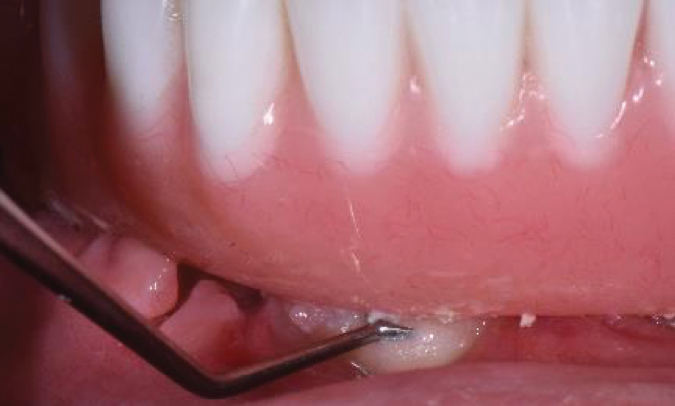
Fig. 9 Pineyro Ti1 is being used to displace the tissues painlessly to gain access between prosthesis and gingiva notice the blanching of the soft tissue.
This can be accomplished due to flat and large areas of surface contact. When pressure is placed on gingival tissues with a sharp instrument or a small area of surface contact, the patient will feel a painful poking sensation. When the surface area is increased, displacement is easier and less painful (Fig. 9). The arch form of the Pineyro Arch Ti1, Ti2, Ti3, and the flat edge of the Pineyro Ti4 increase the surface area contact and are used for soft tissue displacement. The arch form also adapts to the circular implant componentry and allows for debridement using an up and down or rotational motion, making debridement very effective and efficient.
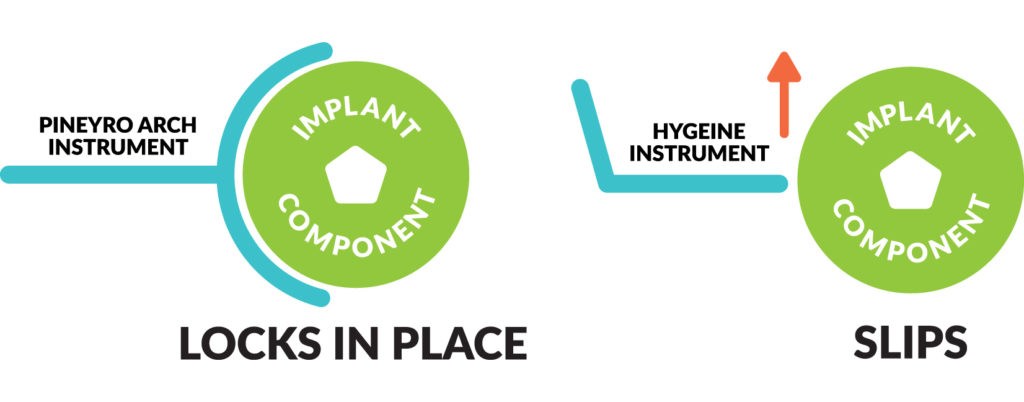
Fig. 10 The arch shape of the Pineyro Arch Instruments help aid the operator to prevent slipping and trauma to peri-implant tissues.
The arch-formed instruments are an advantage as they lock on to the circular implant components. Other hygiene instruments slip off when contacting a circular component (Fig. 10), potentially causing trauma to the peri-implant tissues.
Visual detection of implant components is challenging for fixed full arch restorations, this is especially true in the mandibular lingual areas, as a dental mirror is required to depress the floor of the mouth. The mirror must be kept in place and an instrument is used to debride the implant componentry.
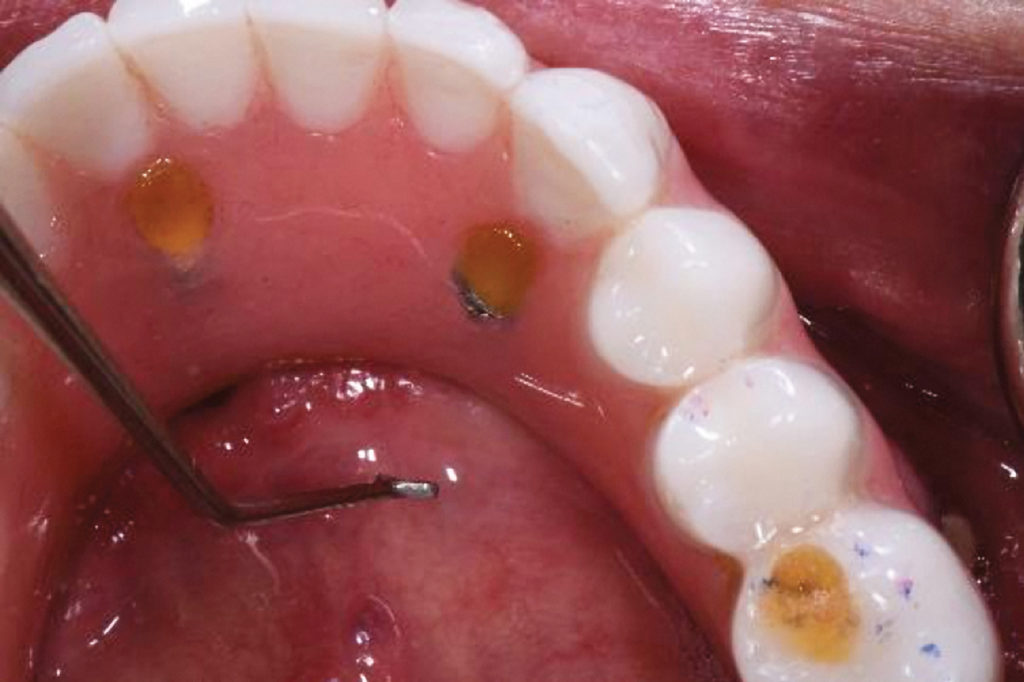
Fig. 11 Observe the location of the screw access hole on the prosthesis; lining up the instrument will allow for discovery underlying components.
Using non-arch shaped instruments is challenging for these areas, as visualization will allow contacting components in a manner to prevent slipping. Arch-shaped instruments provide the ability for the instrument to lock onto the components and it gives the operator superior tactile perception. By locating a screw access hole on the prosthesis, the operator can tactilely access the lingual areas of the componentry by lining up the instrument and gently introducing between prosthesis and gingiva (Fig. 11). As mentioned previously, the instrument will lock onto the components, preventing tissue trauma and the increased surface area contact will allow for effective debridement.
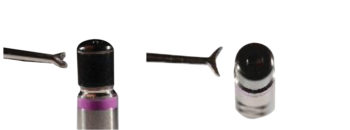
Fig. 12 Pineyro Ti1 is shown adapting perfectly to the circular shaped Novaloc Abutment.
Furthermore, since all implants have a circular connection, the Pineyro Arch Kit can be used on all implant components. They are especially useful for debriding Novaloc or Locator Abutments (Fig. 12), healing abutments, any fixed implant bar connections, SRA/Multiunit abutments (with and without prosthesis – Fig. 13), and all circular stock abutments.
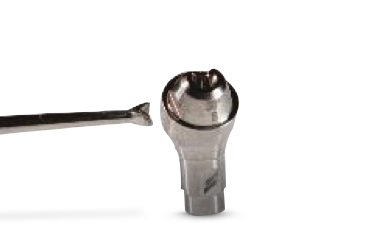
Fig. 13 Pineyro Ti1 is shown adapting perfectly to the circular shaped head of the Straumann Tissue Level implant and SRA/Multiunit abutment.
When full arch fixed restorations need to be removed, the shapes of the instruments will facilitate debridement. The Pineyro Ti3 can also be used to reach subgingival areas when turned so that the arch form of the instrument is perpendicular to the abutment.The Pineyro Arch Kit has changed the way we look at implant maintenance and hygiene. Using implant prosthetic anatomy to design the instruments has resulted in a set that is uniquely shaped for optimum efficiency and usefulness.

Written by Alfonso Piñeyro, DDS
Dr. Piñeyro received his dental degree from the Universidad Autonoma de Guadalajara. He then completed a two year advanced education in general dentistry before completing his specialist training in prosthodontics at the University of Rochester Eastman Dental Center.
Dr. Piñeyro is currently an affiliate instructor at the Department of Restorative Dentistry at the University of Washington. He is the past president of the esteemed Washington State Society of Prosthodontists and is also a member of the American College of Prosthodontists and the American Prosthodontics Society.
Dr. Piñeyro has authored several publications in peer reviewed dental journals, chapters in textbooks and is currently involved in research focusing on dental implants. Dr. Piñeyro practices full time in a practice limited to fixed, removable and implant prosthodontics.
He has lectured both nationally and internationally and has presented over 250 lectures for multiple dental study clubs and dental associations. He has been invited to speak to large national dental symposiums which include: Seattle Study Club Symposium, American Academy of Periodontology, American Academy of Implant Dentistry, American Academy of Fixed Prosthodontics, Academy of Osseointegration, American College of Prosthodontists, Academy of LDS Dentists and The 12th International Symposium on Periodontics and Restorative Dentistry.
Published in TIPS – September/October, 2019.
REFERENCES
- Guzaitis KL, Knoernschild KL, Effect of repeated screw joint closing and opening cycles on implant prosthetic screw reverse torque and implant and screw thread morphology. J Prosthet Dent. 2011; 106: 159-69
Category: Merchandise
Back to Articles